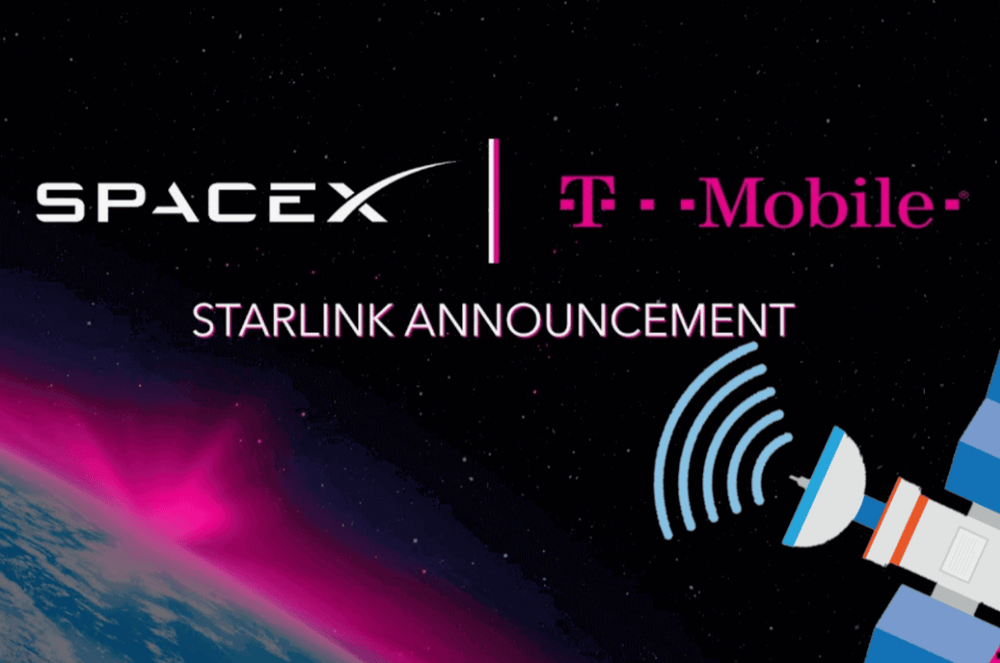U.S. Clean Energy Projects at Risk: 794 Renewable Sites Threatened by Proposed GOP-Led Legislation
The United States' ambitious clean energy transition faces a significant legislative threat. A sweeping bill introduced in the House of Representatives—dubbed the “Megabill”—aims to overhaul federal spending, including revisions to renewable energy subsidies. An analysis by POLITICO reveals that up to 794 planned clean electricity facilities, primarily in Republican-held districts, are now at risk of losing critical financial support if the bill passes without amendment.
This development underscores growing political friction between fiscal conservatism and the bipartisan infrastructure agenda established by the Inflation Reduction Act (IRA), which has so far served as the cornerstone of U.S. clean energy expansion.
Scope of the Threat and Political Drivers
The “Megabill” is part of a broader Republican initiative to reduce federal expenditure by rolling back climate-related incentives implemented under the IRA. These incentives include tax credits and direct subsidies for solar, wind, battery storage, and other zero-emission energy projects.
Many of the targeted incentives had triggered a boom in clean energy investment, especially in economically distressed and rural regions seeking to diversify job bases. Ironically, most of the 794 at-risk sites identified in the POLITICO report are located in congressional districts represented by Republicans—highlighting a tension between federal policy and local economic benefits.
According to the Department of Energy (DOE), the projects threatened by the proposed legislation account for gigawatts of future capacity. Analysts suggest that removing subsidy eligibility could delay or permanently shelve investments valued in the tens of billions of USD.

Impact of the Megabill on U.S. Clean Energy Sector
Total Projects at Risk: 794 clean electricity sites
Geographic Concentration: Predominantly in Republican-led districts
Primary Technologies: Solar farms, wind power, battery storage
Legislative Origin: House of Representatives, Republican majority
Subsidies Targeted: Clean energy tax credits and direct incentives under the IRA
Estimated Capital Impact: Tens of billions of USD in deferred or lost investment
DOE Involvement: Monitoring project timelines and funding pipelines
Market Reactions and Industry Commentary
The clean energy sector, including publicly traded firms such as NextEra Energy $NEE, First Solar $FSLR, and Enphase Energy $ENPH, has shown increased volatility in recent trading sessions. While broader indices like the S&P 500 $^SPX have remained stable, clean energy ETFs (e.g., ICLN, QCLN) have seen slight declines amid legislative uncertainty.
Industry associations, including the American Clean Power Association (ACP), have issued strong statements warning that the bill could reverse recent job growth and halt the U.S.’s momentum in global clean energy leadership. Economists from Brookings and the Rhodium Group argue that such policy reversals could create regulatory risk that deters long-term private investment.
At the same time, Senate Democrats have signaled intent to modify or block key provisions of the bill, raising the possibility of compromise. Still, developers remain cautious, especially regarding projects that are still in the permitting or early financing stages.

Key Developments to Watch
Senate Deliberations: Will the upper chamber soften or remove subsidy rollbacks?
Energy Sector Response: How will clean energy stocks and ETFs price in prolonged policy risk?
State-Level Measures: Some states may introduce local incentives to counteract federal cuts.
Long-Term Employment Effects: An estimated 500,000 jobs could be affected, according to ACP.
Shift in Capital Allocation: Investors may reallocate from utility-scale renewables to fossil-transition hybrids.
Strategic and Economic Stakes of the Megabill
The proposed Megabill represents more than a fiscal recalibration—it places the trajectory of the U.S. energy transition in jeopardy. With nearly 800 clean electricity projects at risk, the legislation could significantly slow the momentum built since the IRA’s passage. It also risks fragmenting bipartisan support for energy infrastructure modernization, especially in rural and red-state districts set to benefit the most.
As the Senate deliberates and industry lobbying intensifies, the outcome of this legislative debate will serve as a litmus test for U.S. climate policy credibility, both domestically and internationally. Stakeholders are watching closely—not only for the final text, but for the broader signal it sends about the long-term stability of clean energy investment in the United States.















Comments
This “Megabill” could derail crucial clean energy progress—let’s hope for some positive changes!